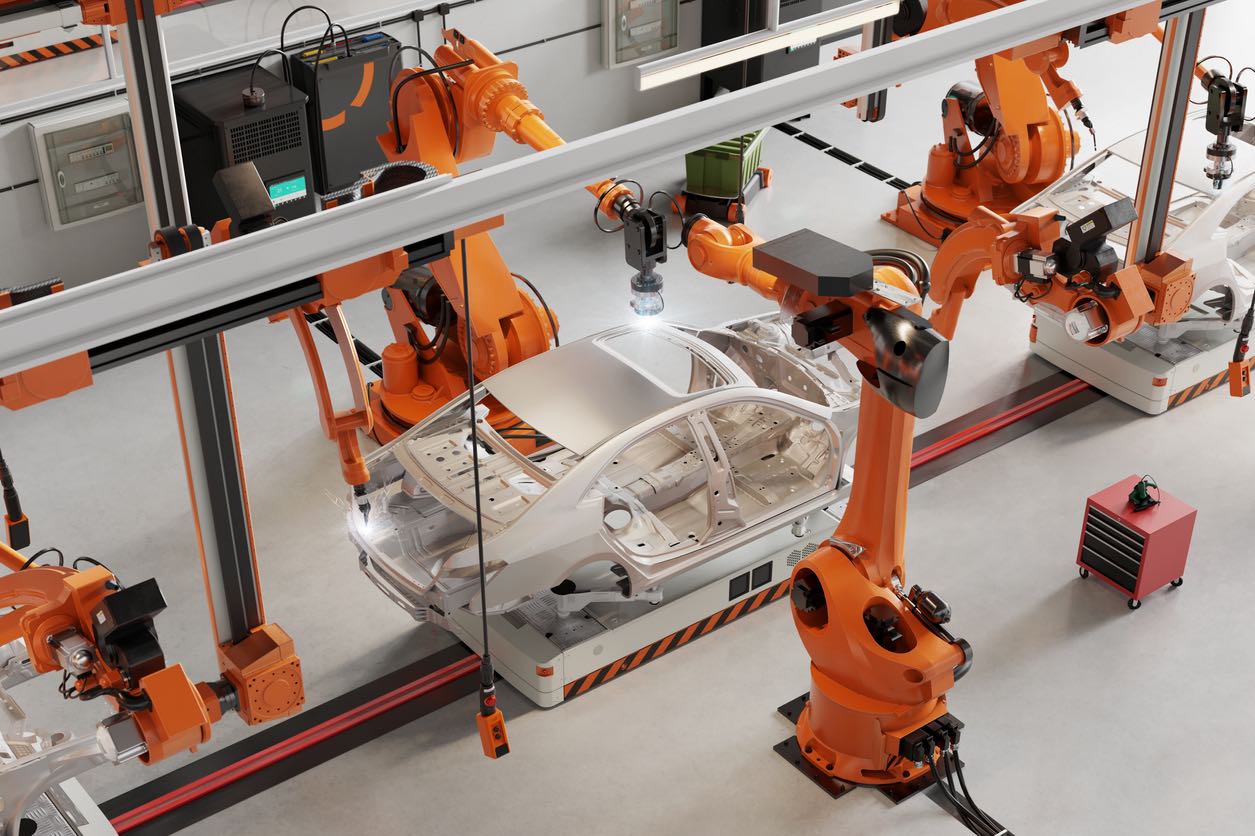Electric vehicles (EVs) are often hailed as the globe’s savior, poised to free the planet from the shackles of fossil fuel dependence, in the passionate race towards a sustainable future. Their promise of quiet engines, lower emissions, and cutting-edge technology appeared to herald a new era in the automotive industry. Entrepreneurs and industry titans alike supported this technology, envisioning a time when electric vehicles would rule the road. For customers, this meant daydreaming about calmer streets, fresher air, and the excitement of being a part of a worldwide movement towards environmental consciousness.
Nevertheless, innovation rarely happens without its share of hiccups and diversions. Upon closer inspection, recent declarations from prominent players in the auto industry, such as Ford, Honda, and GM, provide a more complex picture. Although there was a lot of initial enthusiasm about EVs, the viability of manufacturing, consumer demand, and economic considerations have started to cast doubt on the supposedly unstoppable pace of the electric dream. Today, as automakers reevaluate their plans and objectives, customers and industry insiders alike must navigate a shifting sands in order to predict the direction of electric transport. The following article seeks to clarify the intricacies and difficulties the EV industry is now facing by looking further into the most recent disclosures.
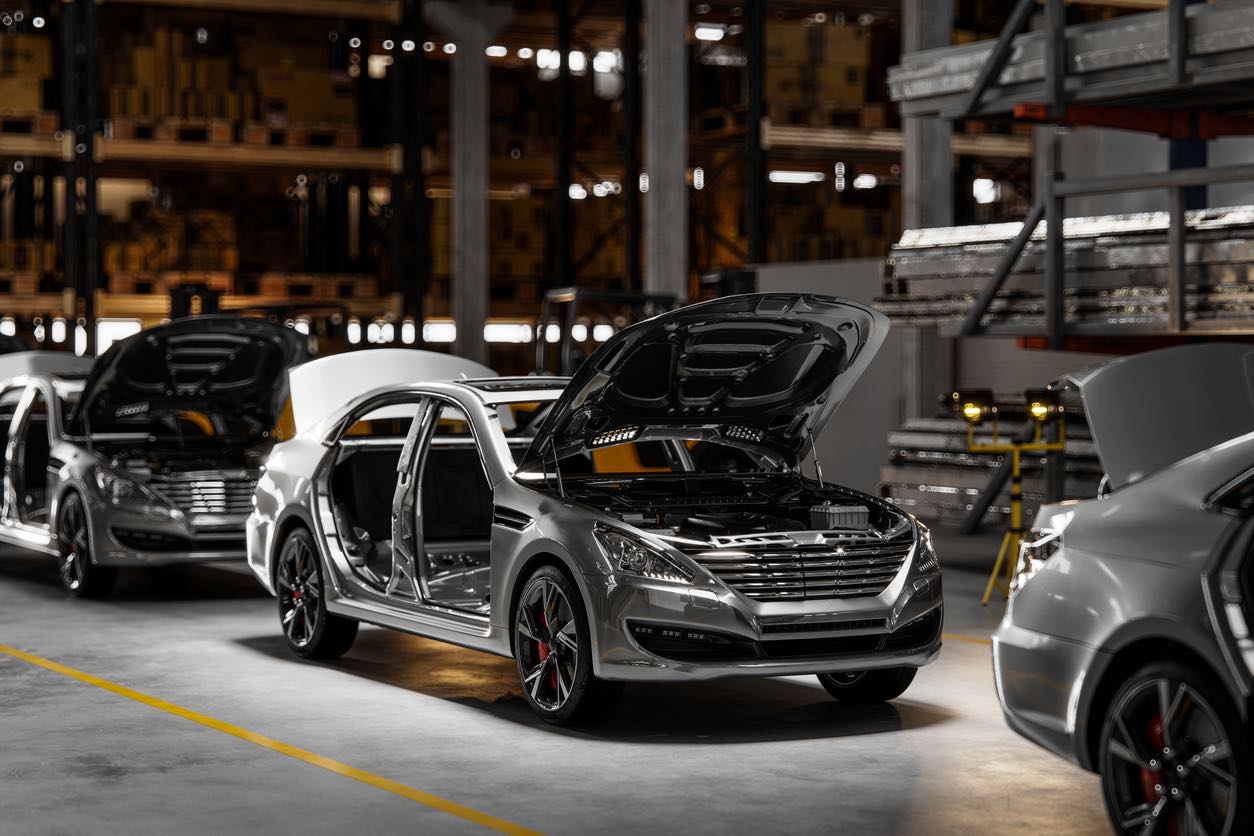
The car industry appeared ready for an electric revolution in the middle of the clamor for renewable energy sources and a cleaner environment. Prominent automakers like Ford, Honda, and GM welcomed this shift by devoting substantial resources to the creation and manufacturing of electric vehicles (EVs). Recent information, nevertheless, suggests that their tactics have changed. These key players have been compelled to reevaluate and adjust due to declining revenues and decreased customer interest. The world observes as they change gears, curious to learn more about the underlying reasons and the direction the EV industry will go.
The Ripple Effects of a Costly Strike: The iconic brand known for producing high-quality cars, General Motors, has announced a halt to its electric vehicle projects. Their choice was prompted by the aftermath of the autoworkers’ strike, which resulted in losses of around $1 billion. The voice of GM’s finances, Paul Jacobson, clarified this matter. He underlined the necessity of controlling their aspirations for EV production and stressed the significance of safeguarding and maintaining car pricing in a volatile market.
Reassessing GM’s Electric Ambitions: GM CEO Mary Barra, a prominent player in the automobile industry, provided more explanations for this tactical reversal. GM has chosen to reduce its budget for EV-related expenses after keeping a close eye on the state of the automotive industry. Additionally, a number of the company’s planned electric car model introductions will be delayed in order to strengthen its financial position. The decision by GM to abandon its original goals of manufacturing 100,000 EVs by the end of 2023 and an ambitious 400,000 by the middle of 2024 is arguably the most indicative of their new vision. This move away from earlier standards highlights the difficulties that even the biggest companies in this industry encounter in the erratic EV market.
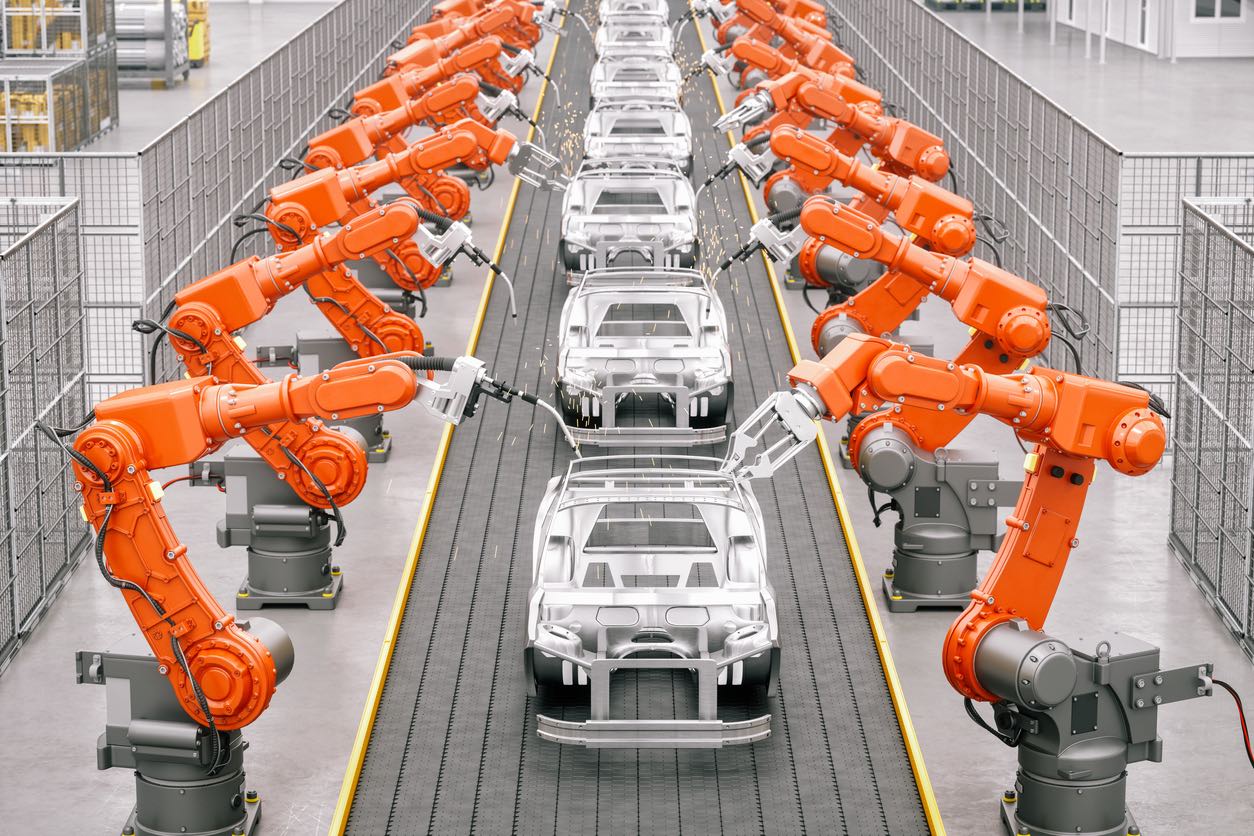
Collaborations between major players in the industry frequently indicate the arrival of ground-breaking developments in the multifaceted world of automobiles. The announcement made by two heavyweights of the auto industry, Honda and GM, that they would be working together to produce electric vehicles was interpreted as evidence of the electric revolution’s inexorable speed. The central goal? To launch a line of EVs with an attractive price tag around $30,000, with the goal of democratizing the EV experience for a broader spectrum of people. However, as they say, “the best-laid plans of mice and men often go awry,” and due to erratic market conditions, this partnership was called off.
Challenges of an Unstable Market: Despite its enormous promise, the electric vehicle industry is not without its own set of challenges. Toshihiro Mibe, the CEO of Honda, clarified these nuances, pointing out that one major barrier is the unpredictable nature of the EV industry. His comments were in line with the general industry opinion that getting traction in the market requires more than just innovation—particularly for low-cost EV brands—and also skillfully navigating its unpredictable currents. Due to this unpredictability and a host of other difficulties, Honda finally had to reevaluate and end their ambitious partnership with GM.
The Vision of Affordability: More than merely creating an electric car, the goal was to make it affordable for a wider demographic of consumers. Honda and General Motors both sought to dispel the myth that electric cars were a luxury that only a select few could buy by aiming for a price point around $30,000. It takes careful balance to achieve price without sacrificing performance or quality, though. Technological difficulties, production expenses, and economic considerations all have an impact on a vehicle’s ultimate price. Considering these obstacles, Honda’s choice highlights the extent of difficulties in achieving the ideal of an inexpensive EV, even though it disappointed many.
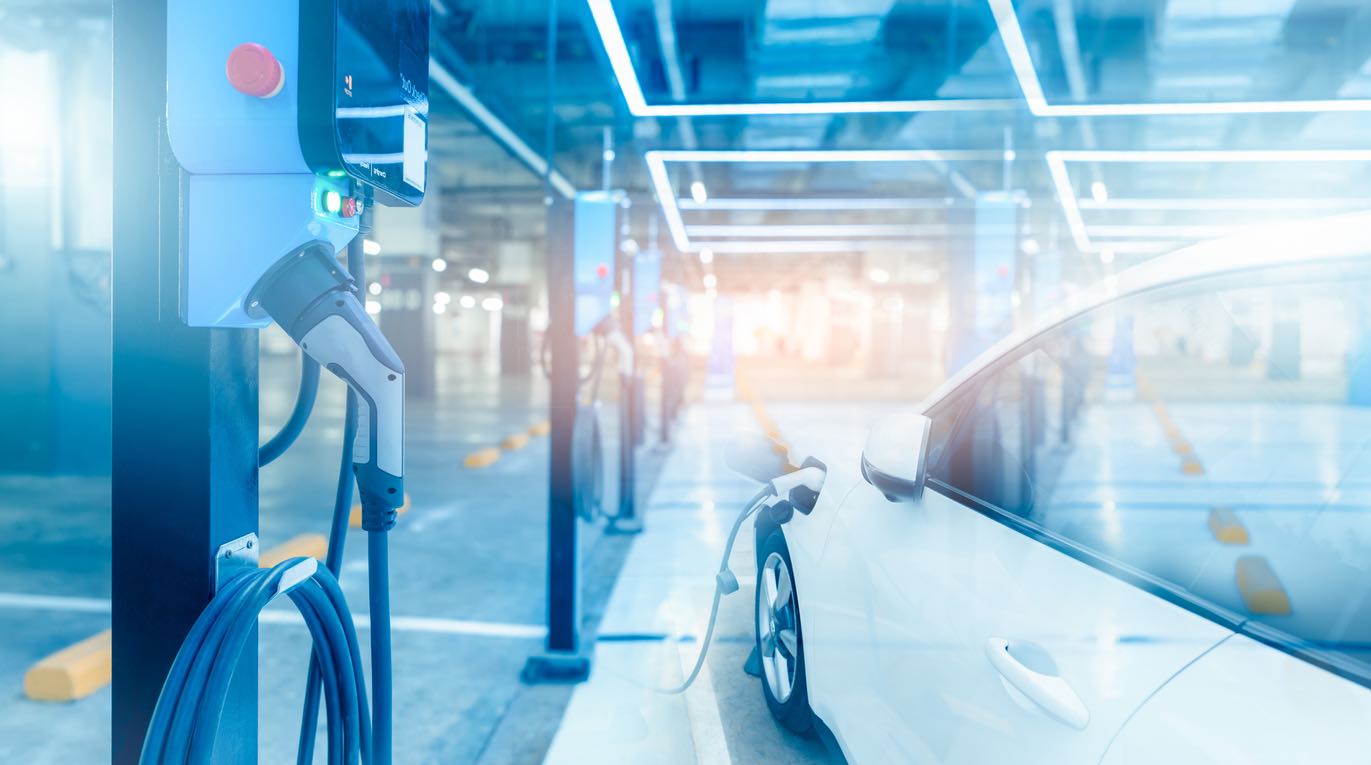
Even big companies like Ford are finding themselves forced to reevaluate their plans in the face of the rapidly changing electric car market. Automakers must quickly adjust to the obstacles presented by shifting opinions among consumers, manufacturing restrictions, and demand from the market. This has required Ford to reevaluate its previously aggressive EV manufacturing plans. The original objective of producing 600,000 electric vehicles has been rescheduled. In addition, the company has abandoned its audacious plan to sell 2 million EVs by 2026, demonstrating a more measured approach to the electric future.
Discount Wars: The Competitive Edge: Several manufacturers have pulled the discount card in an effort to boost sales amid a generally muted market response. They intend to entice prospective customers who may be hesitant by providing these enticing price discounts on their EV vehicles. There have been some significant discounts—some as high as 10%. But Mercedes-Benz’s action is especially noteworthy as a luxury car manufacturer. In an environment where brand value and luxury often take precedence, Mercedes-Benz’s decision to slash its EV prices by several thousands speaks volumes about the fiercely competitive and difficult landscape of the electric vehicle marketplace.
Ford’s Response to Market Dynamics: Ford made the sensible choice to modify its EV production objectives in light of the market’s complexity. It is evidence of the brand’s flexibility and dedication to satisfying consumer demands while maintaining profitability and sustainability. Ford highlights the value of flexibility in the face of industry-wide obstacles by reevaluating its 2 million EV objective for 2026 and extending the timeframe for its 600,000 EV manufacturing goal.
Luxury Brands Feel the Pressure: Mercedes-Benz, a mainstay of luxury and status, has joined the bargain fight, which is a sign of the wider strains felt throughout the industry. Regardless of their position, brands are feeling pressure to offer cash incentives in order to draw in customers. It highlights the idea that challenges in the EV market are not restricted to a particular segment; they span from budget-friendly vehicles to the premium echelons of automotive luxury.
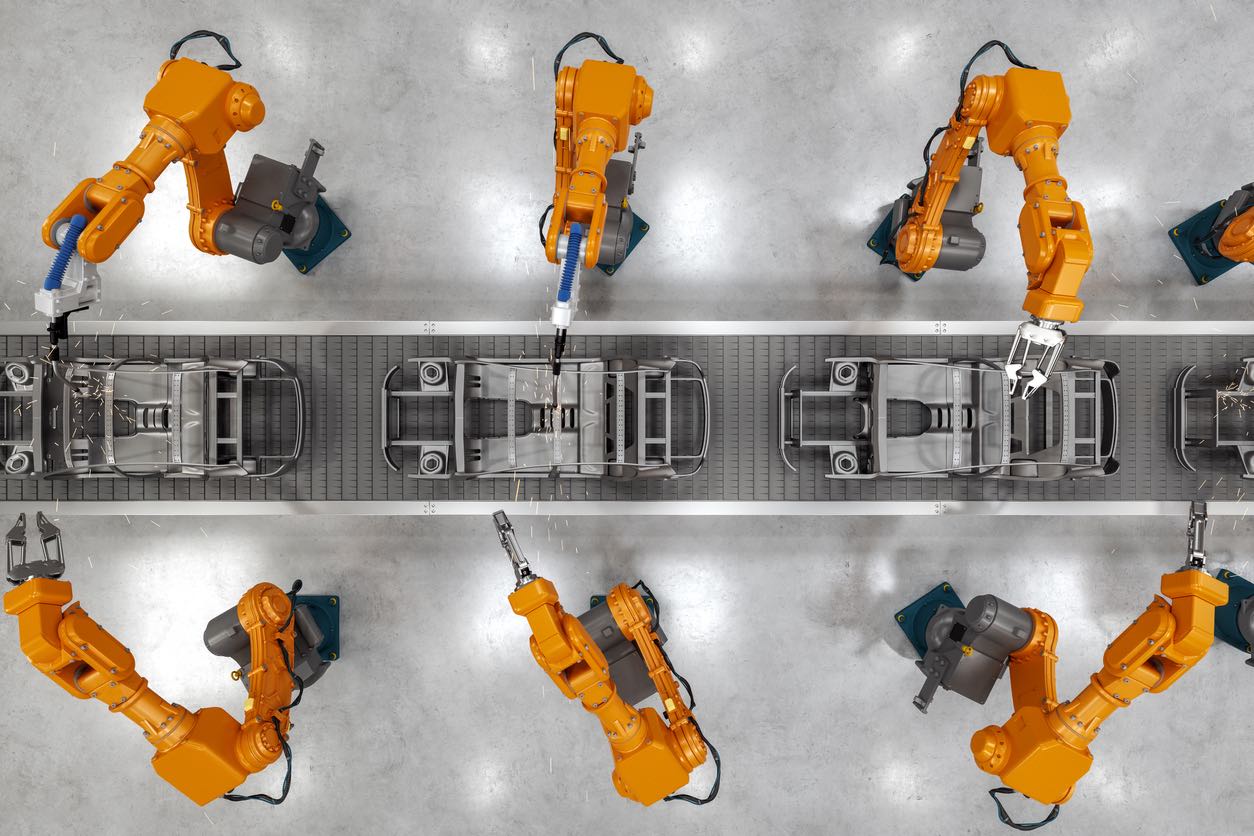
Toyota Motor Corporation has continuously championed hybrid cars as a solution in the continually changing automotive industry. Even while electric cars have clearly become quite popular, there are still certain difficulties with them. Akio Toyoda, Toyota’s influential Chairman, provides a compelling case for hybrids, emphasizing their potential as an alternative, or even a predecessor, to the all-electric revolution. His viewpoint, supported by Toyota’s continuous emphasis on hybrid technology and rooted in years of industry expertise, adds a new dimension to the conversation. Given that major manufacturers have lowered their electric objectives, Toyoda’s observations are more pertinent than ever.
A Holistic Approach to Sustainability: Toyoda’s support for hybrid cars is rooted on a deep understanding of sustainable development rather than being merely a reflection of business strategy. Hybrids provide a medium ground by skillfully combining electric and gasoline power. They provide the dependability and range that customers are used to, while also addressing current environmental concerns through the reduction of emissions.
A Different Route to Carbon Neutrality: There is no one path that leads to carbon neutrality. Toyoda highlights the variety of approaches that might be used to accomplish this important environmental benchmark. His point of view emphasizes that not everything in the world has to be thrown into the electronic basket. Investing in hybrid vehicles is one way to diversify strategies and create a more comprehensive and resilient plan to combat climate change.
The Proven Potential of Hybrids: Toyota has always been an advocate of hybrid technology. The company has made significant investments in the development of hybrids since it has long recognized their potential. This continuous emphasis on hybrids, as seen by their well-liked Prius vehicle and other hybrid offerings, shows that the technology is not only feasible but also widely accepted and trustworthy by people throughout the globe.
With these realizations, it’s clear that hybrid cars provide a tried-and-true substitute for electric cars, even though the latter may be the buzz of the town. Hybrids play a crucial part in the transition to a sustainable automotive future, and when obstacles in the EV industry surface, the spotlight may simply get brighter.

It has long been acknowledged that the car industry’s electrification marked a turning point toward a more sustainable future. However, as recent events have demonstrated, there are many obstacles in the way of this new age, from the intricate details of production to the erratic fluctuations in consumer demand. Once at the front of the EV revolution, companies like Ford, Honda, and GM are now reassessing their approaches, demonstrating that the road to electrification is far from simple.
However, it’s important to keep in mind that hardship frequently leads to invention. Big companies will undoubtedly find more effective and efficient methods to mass-market electric vehicles as they reorganize their strategies. The market’s recent hesitations don’t mean that the electric dream is over; instead, they highlight how crucial it is to be resilient and adaptive in a field that is always changing. Through collaboration, ingenuity, and an in-depth awareness of market dynamics, the electric future we’ve all been waiting for may still be just around the corner.

In an ever-changing environment where the automotive industry undergoes frequent flux, finding a reliable partner for your car shipping needs can be a challenge. Let me introduce Ship A Car, Inc., a prominent player in the car shipping sector in the United States. The company has earned its reputation for leadership via continuous excellent performance, as seen by the numerous 5-Star Reviews it has received on multiple online platforms. They don’t simply claim it. Their commitment to making sure each car gets to its destination safely and effectively is the foundation of the trust they’ve built with their customers.
However, Ship A Car, Inc.’s flawless A+ rating from the BBB—a monument to their everlasting dedication to excellence—is what really makes them stand out from the competition. This rating is an endorsement of their unwavering commitment to providing excellent customer service, not simply a badge. Why choose anything other than the very best if you’re looking to transport your car? When you choose Ship A Car, you’re investing in peace of mind rather than merely a service. Use their online vehicle shipping cost calculator to get in touch with them for a smooth car shipping experience. Alternatively, if you’d prefer a more individualized experience, call (866) 821-4555 to talk with a transport coordinator who is prepared and willing to help. Both you and your vehicle deserve the best! For all of your vehicle shipping requirements, go with Ship A Car, Inc.
Q1: Why are major manufacturers cutting back on manufacturing of electric vehicles (EVs)?
A1: Prominent automobile manufacturers have rethought their electric vehicle production goals as a result of slow sales and falling consumer demand.
Q2: What is Toyota’s view on the present state of the electric vehicle market?
A2: Akio Toyoda, Chairman of Toyota, has long believed in the potential of hybrid vehicles over solely electric ones, which suggests that the current issues in the EV industry were foreseen. Hybrid vehicles combine the advantages of both gasoline and electric powertrains.
Q3: Why is Ship A Car, Inc. the best company to move cars if there are other options available?
A3: Ship A Car, Inc. provides unrivaled service and ensures the absolute best possible shipping experience for its customers by maintaining an exceptional A+ rating with the Better Business Bureau (BBB) and receiving multiple 5 Star Reviews.
